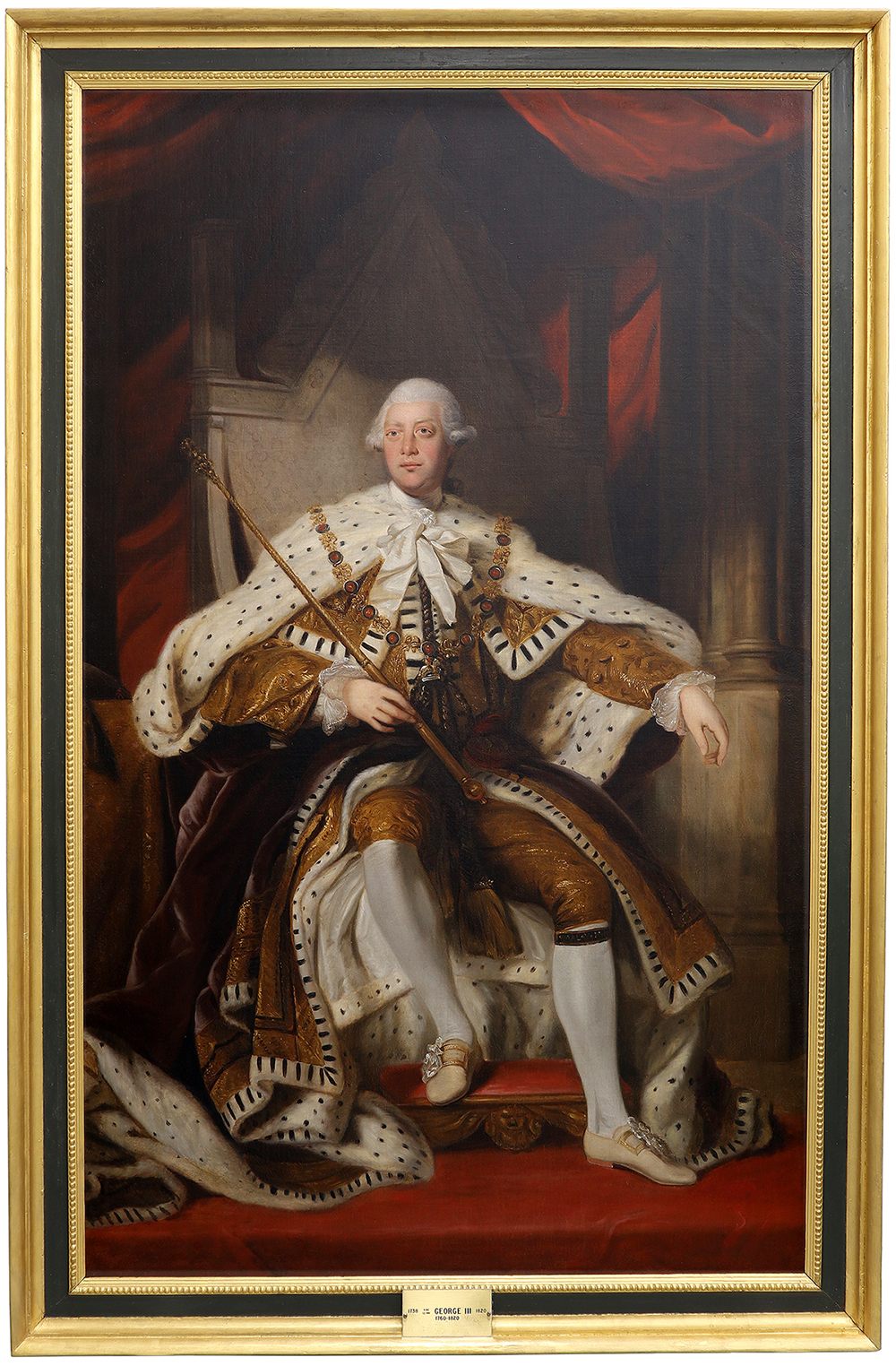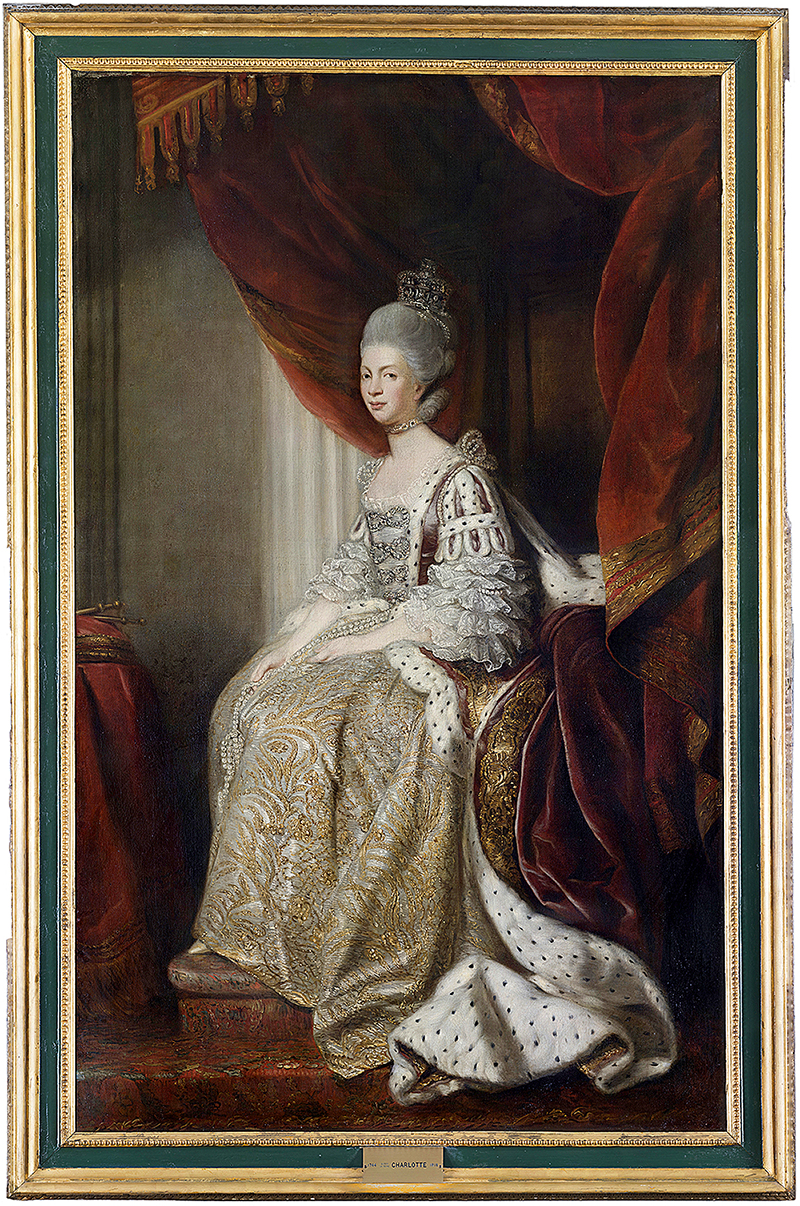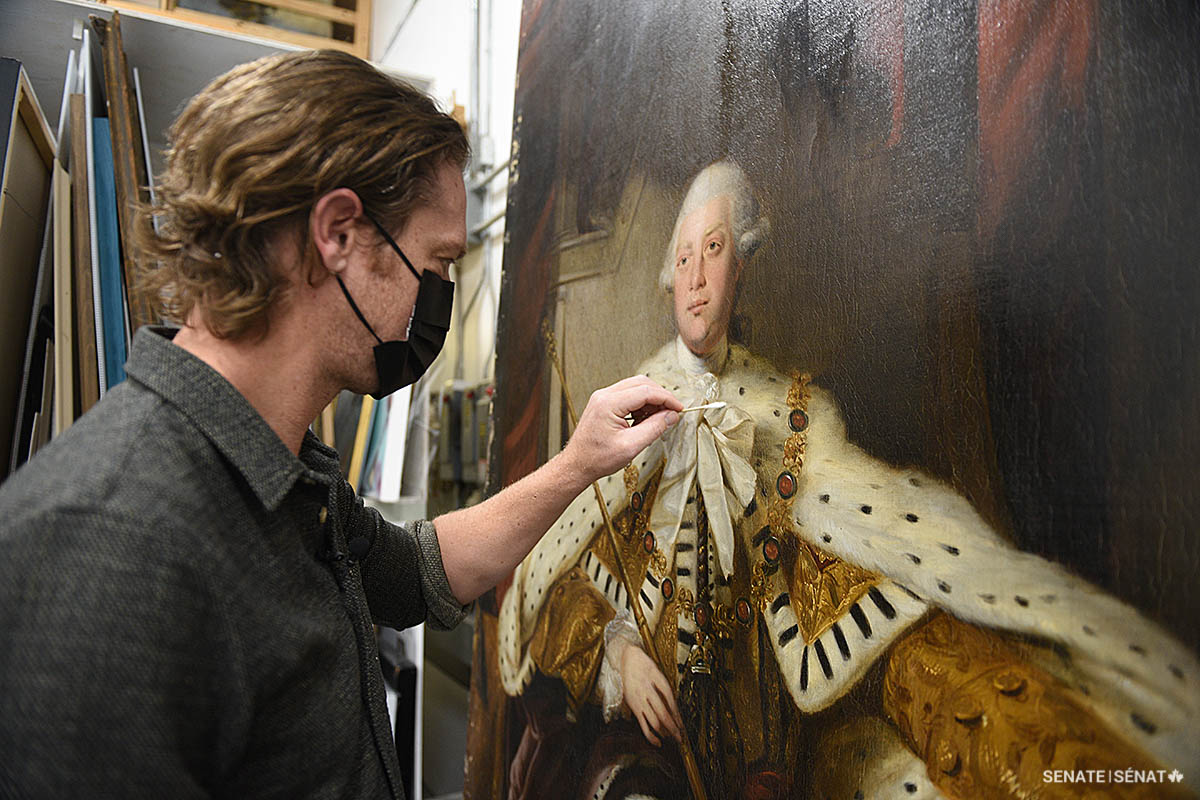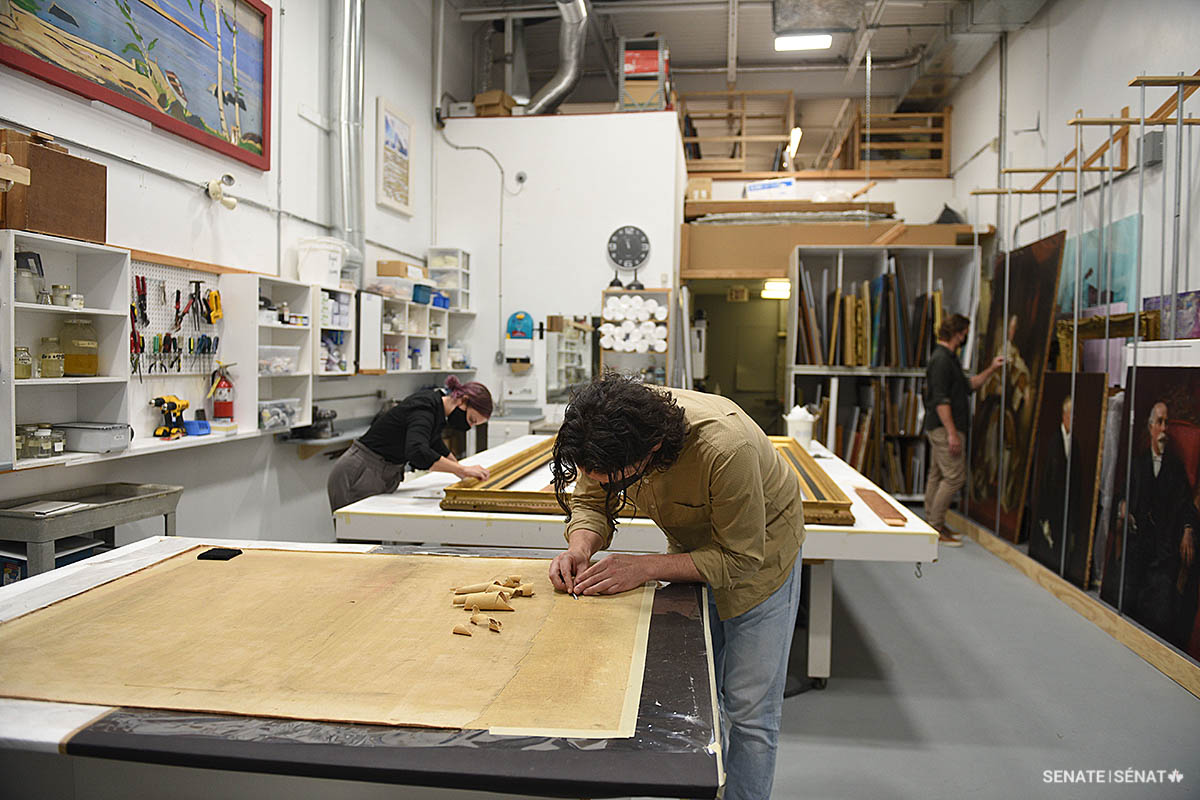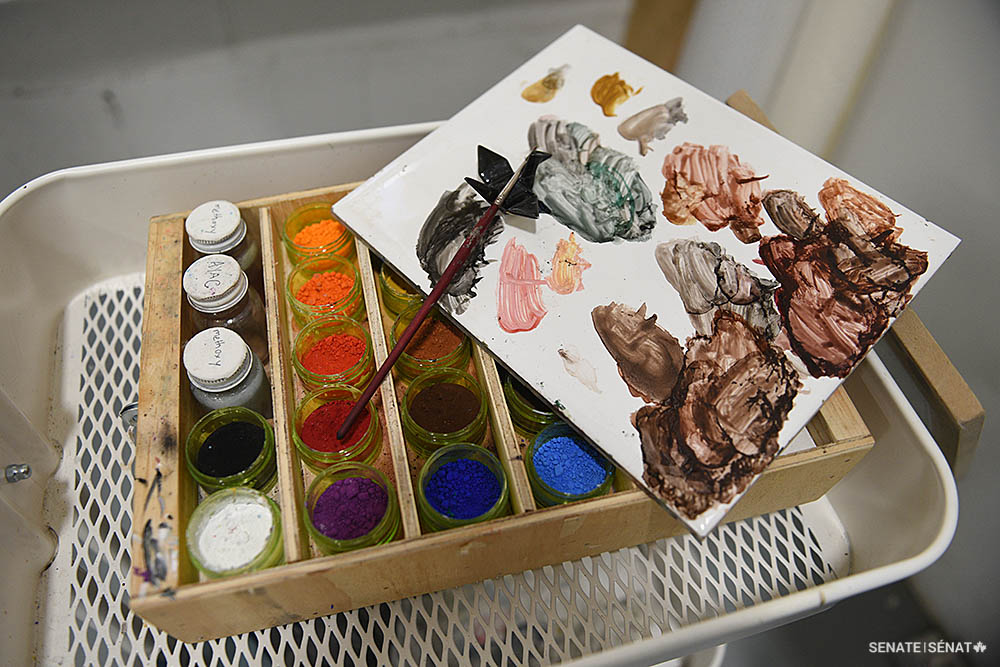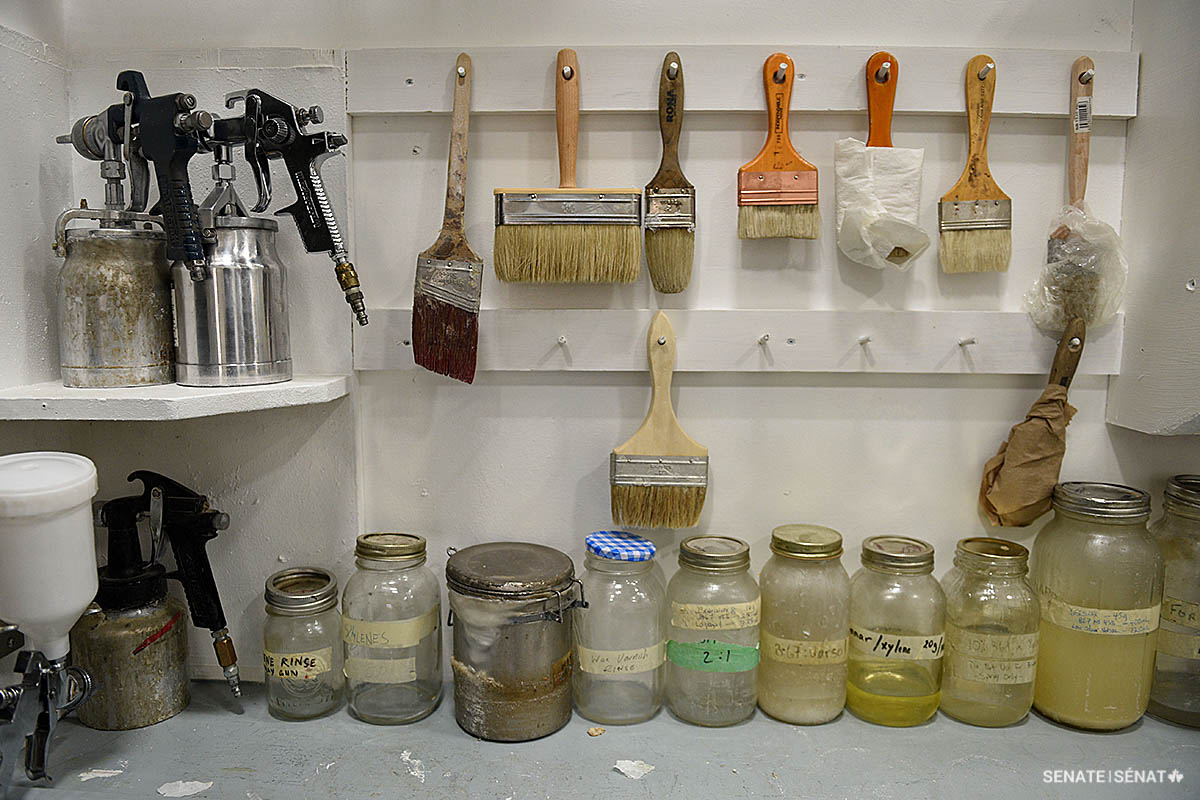A royal portrait’s passage: Navigating the uncharted past of a Senate treasure

In February 2019, the Senate moved to the Senate of Canada Building, a former train station built in 1912. The Senate will occupy this temporary location while Parliament’s Centre Block — the Senate’s permanent home — is rehabilitated.
Although Centre Block is shuttered for rehabilitation work, Canadians can still experience its art and architecture through the Senate’s immersive virtual tour.
History has not been kind to King George III. To many, Britain’s “mad king” was the babbling lunatic who shook hands with a tree, thinking it was the king of Prussia. To American revolutionaries, he was a ruthless tyrant, bleeding Britain’s Atlantic colonies by taxing everything from tea to stationery.
Both are very different pictures from the one that, until recently, hung in Centre Block’s Senate foyer. That 230-year-old portrait depicts the king as an exemplary ruler, radiating self-confidence and grandeur. It’s huge, flamboyant and clearly meant to glorify its subject, but the painting in many ways captures the soul of the misunderstood monarch better than the popular caricature.
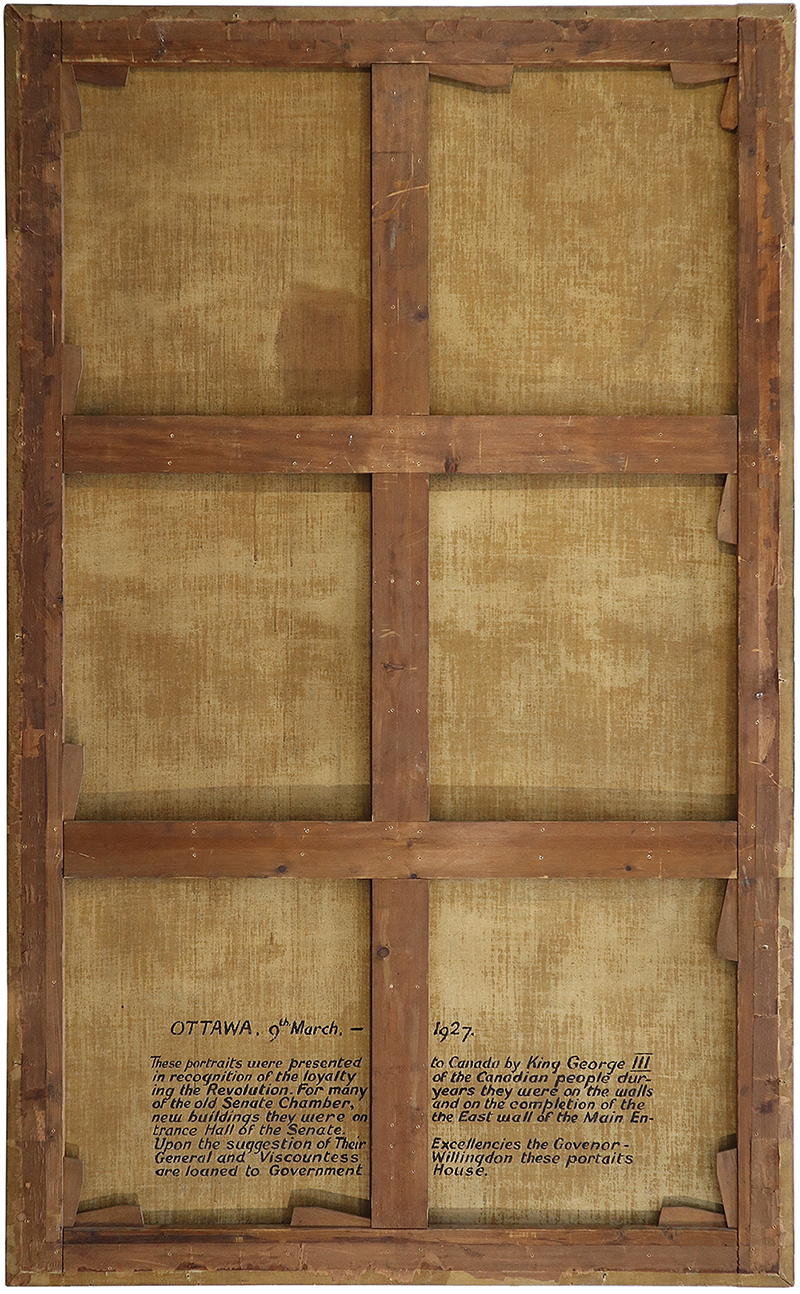
The painting
When Joshua Reynolds, Britain’s leading portraitist in the 1700s, painted the original on which the Senate’s version is based, he took pains to depict the king as the ideal constitutional monarch, seated on the Coronation chair in his robes of state, brandishing the scepter, the crown to one side.
The Senate’s version, copied from the original by assistants in Reynolds’ bustling studio sometime after 1784, underwent conservation work in late 2021.
Until now, a note inscribed on the back of the canvas summarized what little was known about how the Senate acquired it: the portrait was a gift from King George III in recognition of Canada’s loyalty during the American Revolution. After Confederation, it hung in the Senate Chamber of the old Parliament Building along with a portrait of his consort, Queen Charlotte. When that building went up in flames in February 1916, both paintings were rescued, along with Parliament’s 1842 portrait of Queen Victoria.
While restoring the king’s portrait, details about its arrival in Canada began to emerge. It’s a story that brings together three of the most riveting personalities of the 18th century: the much-maligned king who gained and lost half a continent, the most celebrated portraitist of the century and the pragmatic governor who prevented the fall of Quebec.
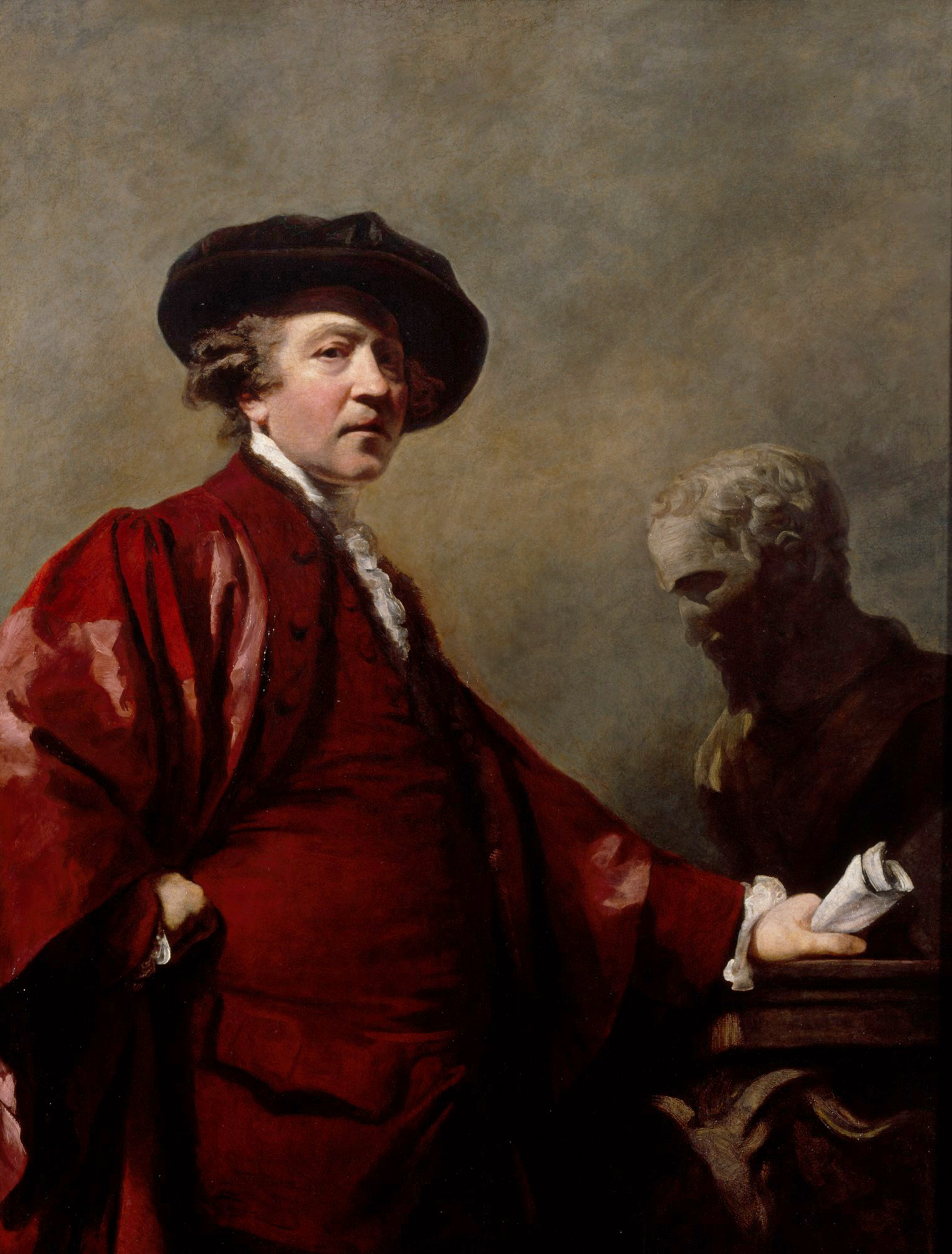
The artist
The crucial clue had always been in the United Kingdom, in the studio records of Joshua Reynolds. A close look at the artist’s meticulous business accounts gives us an almost certain picture of when the Senate’s copy was created.
Joshua Reynolds oversaw a veritable portrait factory, churning out between 60 and 100 paintings a year, charging premium rates to an exclusive clientele that included Britain’s intellectuals, military leaders and aristocrats.
“Reynolds was an adroit and talented painter,” said Martin Postle, Senior Research Fellow at the Paul Mellon Centre for Studies in British Art and co-author of Sir Joshua Reynolds: A complete catalogue of his paintings. “He was also an excellent communicator — affable, clubbable and sociable. His network was very well developed.”
One person, however, failed to appreciate Reynolds’ charms. The conservative, deeply moral king despised his portraitist, a cultural celebrity who rubbed shoulders with freethinkers, libertines and political radicals.
Nonetheless, the king named him first president of the Royal Academy of Arts in 1768, knighted him a year later, then appointed him royal portraitist in 1784.
“The king had to observe the rules, the expectations of protocol,” Dr. Postle said. “He had little choice. Reynolds, after all, was President of the Royal Academy, the country’s leading arbiter of taste and the obvious person for the role.”
Now Principal Painter in Ordinary to the king, Reynolds quickly grew disenchanted with the post, complaining to a friend that “the king’s rat catcher, I believe, is a better place.”
Portraitist and patron abhorred one another, with the result that the king could never bring himself to sit for his official painter and Reynolds never again painted the king. The 1779 portrait, created to mark the Royal Academy’s 1780 annual exhibition, remained the template from which future royal portraits were copied for the duration of Reynolds’ career. This includes the Senate’s version.
“Copying was a very respectable practice back then,” Dr. Postle said. “Significant paintings like this were routinely copied for ambassadors, courtiers and aristocrats. They were sent throughout Europe and abroad. It was an industry.”
It was also lucrative, and Reynolds kept careful records of every commission. Few copies bear his actual handiwork, but none left the studio without the master’s approval and without a corresponding entry in the ledger.
As a result, we know that two pairs of royal portraits were completed and sold sometime between 1786 and 1789 when Reynolds, his health and eyesight failing, wound down his studio affairs. One monarch-and-consort pair went to Lord Dorchester — the title bestowed on Quebec Governor Sir Guy Carleton in 1786 — the other to Carleton’s younger brother, Col. Thomas Carleton, lieutenant-governor of the newly created colony of New Brunswick.

The governor
Guy Carleton is one of the unsung heroes of Canadian history. He saved the fragile colony of Quebec from annihilation in 1775, when his garrison held out for six months against 1,200 American troops encircling Québec City. British naval relief arrived in the spring and broke the siege; Carleton drove the revolutionaries out of the colony.
“Was King George grateful? Of 18 British colonies in North America, only three were left after the Revolution, including Quebec,” Robert Bothwell, Emeritus Professor of History at the University of Toronto said. “George would have to conclude Carleton had done something right.”
Carleton returned to Britain and the king duly rewarded him with a peerage in August 1786. The king appointed Carleton — now Lord Dorchester — to a second 10-year term as governor of Quebec and Carleton made plans to sail back. Carleton likely collected the two documented portraits at that time, taking them with him when he departed in September. Col. Thomas Carleton, meanwhile, took the other pair to New Brunswick, where they now hang in the province’s Legislative Assembly in Fredericton.
“Back in the colony, the king’s portrait would serve as a concrete expression of loyalty,” Dr. Bothwell said. “Legislative Council members would want the portrait in the chamber because it would proclaim to the whole world: ‘We are loyal subjects of the king.’”
As Canada’s colonial government evolved during the 1800s, the capital shifted between Québec City, Kingston, Montréal and Toronto. Each time, the administration packed its entire collection of legal documents, bills, reference books and paintings for the move. The portrait of King George III shipped along with everything else.
When government moved into Ottawa’s newly built Parliament Building in 1866, the painting moved with it, hanging in what was then the Legislative Council Chamber of the Province of Canada. When Canada’s Senate came into being with Confederation in 1867, it took over the space and, with it, the well-travelled portrait.
“This painting is one of the oldest in the Senate’s collection and one of the few that connects Parliament to the beginnings of British rule,” said Senator Patricia Bovey, former director of the Winnipeg Art Gallery. “It represents an era when Canada’s parliamentary institutions were in the early stages of their development.”
The restoration
In the fall of 2021, the Senate enlisted Ottawa’s Legris Conservation to determine the condition of the painting and make any necessary repairs as part of an assessment of the entire Centre Block collection.
It’s painstaking work.
“It takes three or four weeks to restore a large painting like this,” conservator David Legris said. “That includes several stages of conservation, with some extra time to allow for drying of varnishes and adhesives.”
Fully restored, the canvas went into storage in a humidity- and temperature-controlled Senate warehouse in Gatineau, Quebec. Once Centre Block’s rehabilitation is complete, the painting will return to the Senate foyer.
“The Senate is proud of its collection,” Senator Bovey said. “The value of these artworks is as much in the history they represent as in their artistic importance. We have a responsibility to Canadians to steward this public trust with care and integrity.”
